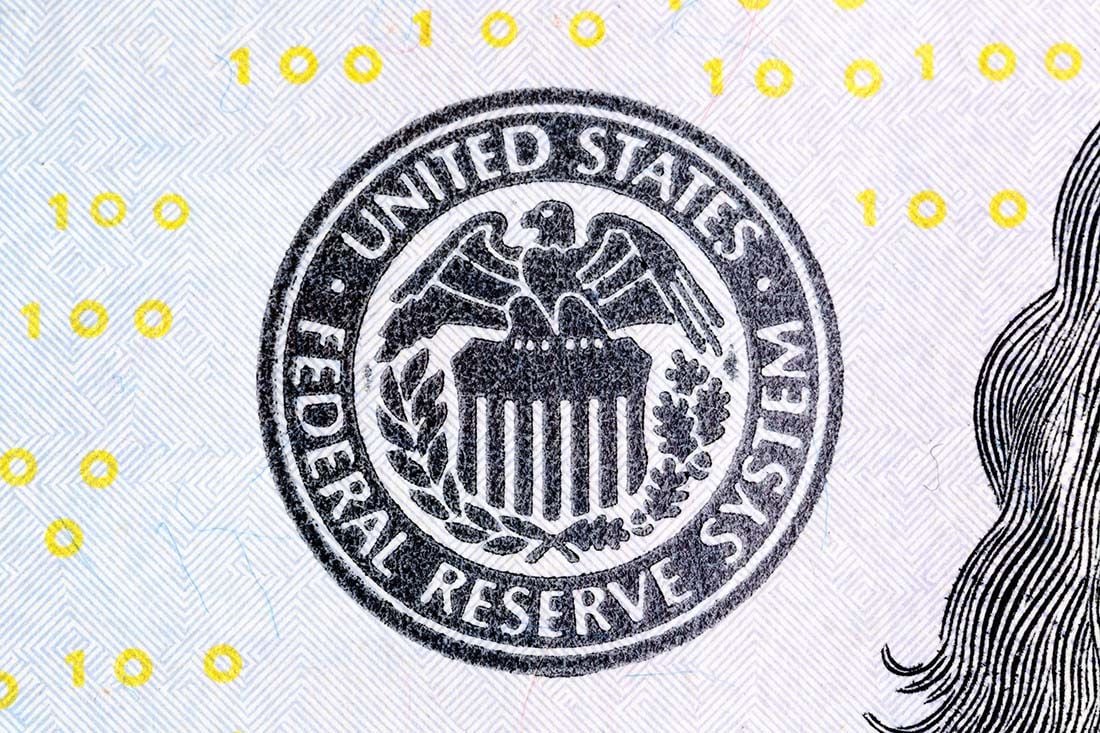Fed Tipped to Deliver Pre-Emptive October Rate Cut: Alliance Bernstein

Image © Dmytro Synelnychenko, Adobe Stock
- Preemptive rate cut almost very likely
- Recent data misses suggests Fed will act
- Cut could expose Dollar to weakness
The U.S. economy continues to give mixed signals but this won’t dissuade the U.S. Federal Reserve from cutting interest rates at in October, says a leading asset manager.
The Fed’s cut will be "pre-emptive", says Gershon Distenfeld, co-head of fixed income at asset manager AllianceBernstein, since that would be in line with the central bank’s strategy of staying ahead of the game.
The prediction has negative implications for the U.S. Dollar which tends to weaken when interest rates are cut, particularly unexpectedly.
Regarding an October interest rate cut, Distenfeld told Bloomberg News:
"Listen to what Chairman Powell said last time: he said, he felt like they were good for right now, there was no reason based on what they knew to cut further, but they were going to react and consider the incoming data. I think this is a very clear sign that they are going to continue to cut."
Incoming economic data has meanwhile shown some signs of emergent weakness weaknesses, especially in survey data.
The important survey-based ISM Manufacturing and Non-Manufacturing PMIs showed a very substantial decline for both sectors in September when they were released last week, which shook markets to the core.
The ISM Manufacturing PMI fell to 47.8 from 49.1 whilst the ISM Non-manufacturing fell to 52.5 from 54.2, when both were forecast to rise. A result below 50 is indicative of growth.
Yet at the same time, retail sales data was robust for August, showing a 0.4% rise and beating the 0.2% previous.
Non-farm payrolls, another hard data plot which has been holding up okay, showed a middling result of 136k more jobs in September when data was released last Friday.
The difference between the two sets of data is characteristic of what analysts are saying is a wider trend in U.S. data between relatively weak survey and sentiment-based indicators and more robust hard economic data.
The divergence suggests that although there might be a deeper economic slowdown on the horizon it has yet to impact consumers.
This will not prevent the Fed from acting in October, however, says Distenfeld, because of their emphasis on ‘prevention’.
“What they have said is that they think that being preemptive can avoid a slowdown, and if they are starting to see weaker numbers, even if it's only a little part, they are going to say we don’t know if it is spreading to the consumer, it might, we don't have that data anytime soon; as an insurance policy we are going to continue to ease.”
Whilst the market is already to a large degree pricing in a rate cut, with one gauge calculating an 83% probability the fed will act on October 30, it is not 100% confident.
If there is a protracted slowdown, the Fed could even use quantitative easing (QE) at some point in the future, says the Distenfeld, since the central bank may lack scope using conventional tools like interest rates.
U.S. interest rates are only at 2.00% which is historically low and only allows them 8 conventional 0.25% cuts before rates hit zero and start causing problems in the banking sector and credit markets.
As such, further QE is a strong possibility and the Fed could end up returning the $600bn in liquidity to the markets which it has drained since ending QE and allowing the Fed’s balance sheet to run off.




